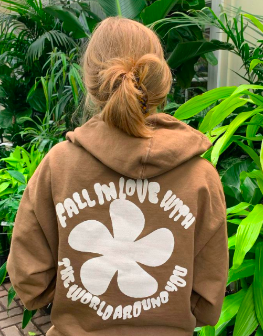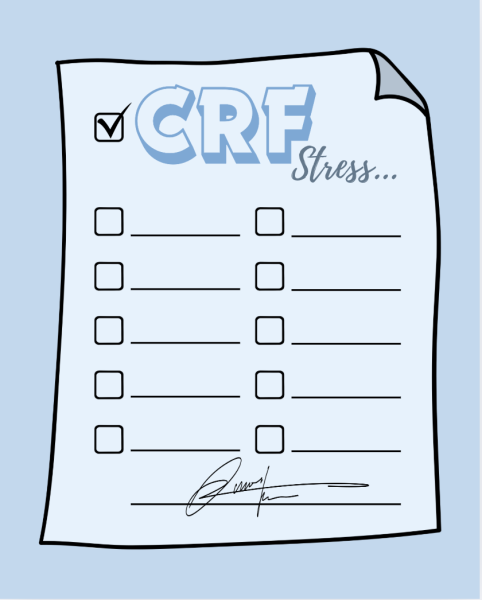W-L Entrepreneurs Guide to Starting a Small Business

“Fall in love with the world around you”
Welcome “Dazed & Woozy” and “The Big Yawn” to the WL community! Students in the school have exhibited vast creativity and entrepreneurship skills by creating these small fashion-based businesses. Despite immense workloads as seniors, these designers have taken the time to engage and embark in what is the business industry. After meeting with the owners of both brands to talk about their creative process, you can now learn how to start your own small business by reading this article.
Some of Dazed & Woozy’s product drops, including their new Valentine’s day collection.
The owner of Dazed & Woozy, Camden Praed, explained the design aspect that goes into starting a brand. Her interest in the design and production of screens for her products helped her create a vision of what she wanted to exhibit in her brand.
“One thing that was crucial to the creation of my business was staying true to myself and what I loved… instead of other designs that might’ve been easier or more popular,” Camden said.
Marketing was also a major aspect in the creation of her brand, social media apps like Instagram and Tiktok helped promote certain products & collections. Another source she suggested was YouTube because it was helpful in learning how to screen-print. “Screen printing” is drawing a stencil on a mesh screen and pressing ink upon it to create a design on top of the fabric.
Lastly, she suggests young entrepreneurs at the school “make a website for your brand to obtain a more cohesive & professional look,” Camden said.
Big Yawn’s website layout and the newest sweatshirt from their winter collection.
The owner of Big Yawn, Benij Fajardo, took an interest in the fashion industry after defining his own personal style.
“I learned some key components to incorporating organization skills into the making of a brand,” Benij said.
Big Yawn’s biggest tips for staying organized are picking specific release dates for products and setting up a schedule for photoshoots—shoutout to their photographer (@nanda.minfink)!
Besides organization methods for success, Fajardo utilized school resources to help them with the steps to starting a brand. Some of these classes were entrepreneurship, IB business & management, intro to fashion careers, and computer graphics—which are most helpful for learning how to create designs.
Lastly, I spoke with Benji’s brand advisor, Kenan Schwoebel. Kenan was a major contributor to the making of the brand and used his skills in design and marketing to his advantage.
“Specifically, I helped him select what designs to use on shirts or shorts, organized the timing and content of drops, and assisted with the promotion of the brand through various social media platforms,” Schwoebel said. Having an advisor for your brand not only provides expertise on how to market and sell products but overall can make a brand more successful.
Kenan’s biggest tip for starting a small business as a teen is to “find a niche that’s been unfulfilled in the community.” This will not only make a brand more creative but it takes it to a new level in the business world.
Now that you have learned how teens in our community have used their creativity and resources to make their own brand, you too can embark on business expenditure. If only to reiterate, stay true to your vision and “keep going after failure!”
What did you think about this story? Do you have any suggestions for improvements or other articles that you would like to see? Please use the contact form to communicate with us! (Keep all information school-appropriate)
https://docs.google.com/forms/d/e/1FAIpQLSeRYRWwLLzvs2rqwHSGdr-DQRvxhUSx9UcaXypXxnvVuCqwyA/viewform












